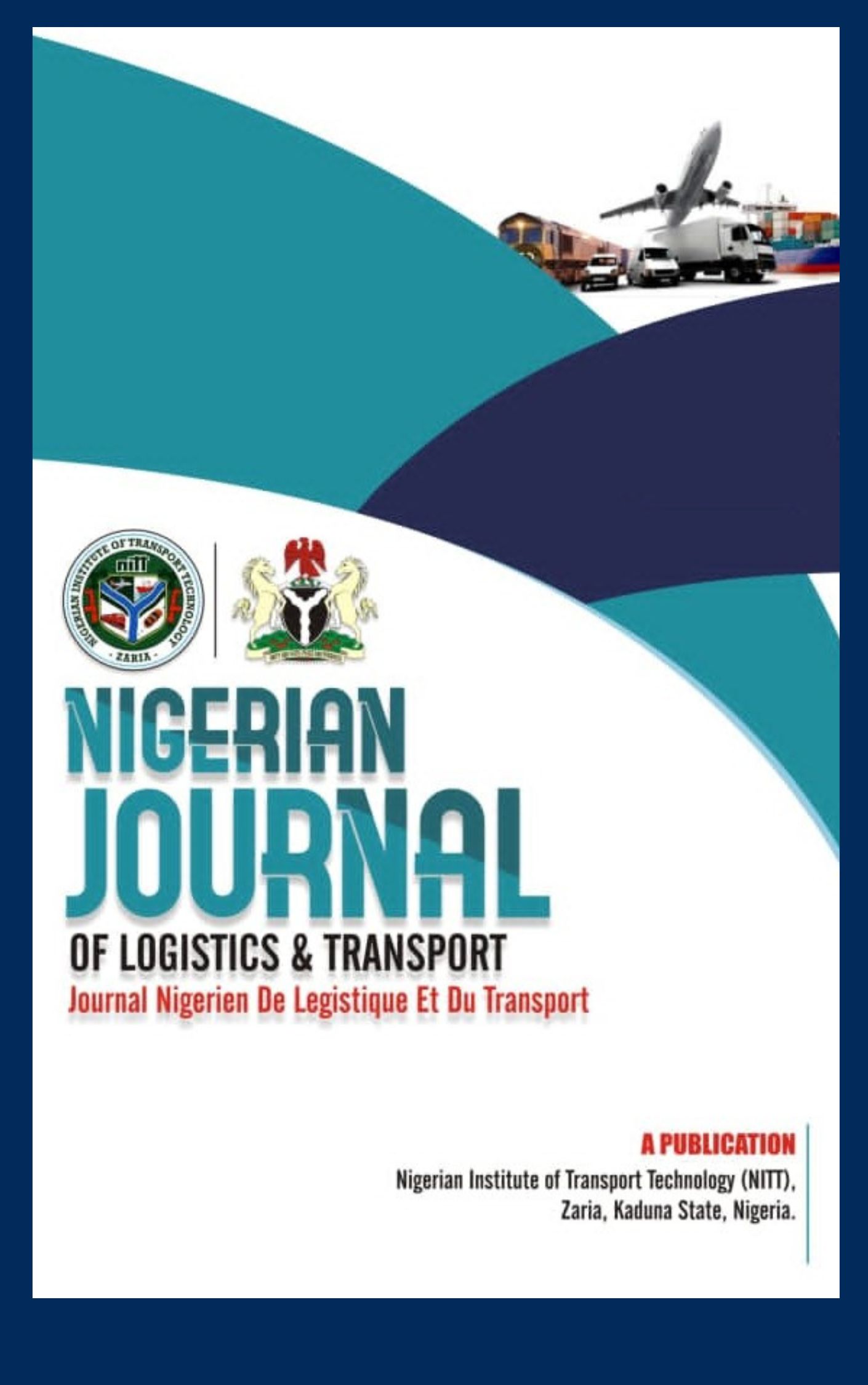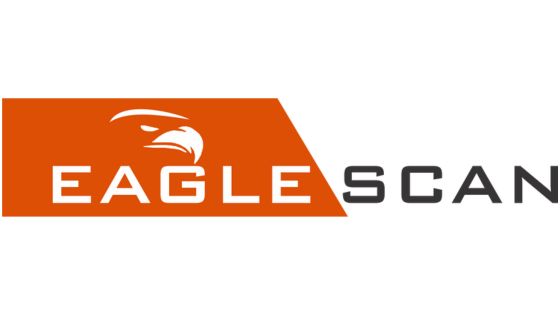Abstract
This paper evaluates the impact of weather on cost saving or escape in public transport operation in Nigeria. An escapability cost is the saving of resources achieved by discontinuing the service on a particular route or discontinuing the service at a particular timings or clubbing two services. Transport service cannot be stored and it will be wasted, if services created are unused. Therefore, these two ends have to be balanced economically, if the transport company wants to remain in the business. Judgmental sampling was employed to select these four towns along the same route (Ibadan, Oyo, Ogbomoso and Ilorin) among two States (Oyo State and Kwara State) in Nigeria. The population was sub-divided into drivers, commuters and other road users through stratified sampling. A correlation technique was used to analyze the respondents’ response. The correlation matrix result shows that, the delay induced during transshipment and low level of patronage are significantly correlated at p ≥ 0.597* at 0.05 confidence level. It also shows that, discontinuing the journey (escape) has significant impact on delay and level of patronage at .538* and .542* respectively at 0.05 levels. Findings revealed that escape or cost saving in public transport increase vehicle operating costs; reduce level of patronage because of discomfort imposed on commuters. This is usually felt when it is raining and during harsh weather. The findings in the table 2 shows that the regression model is statistically significant at the 0.05 level (R2 = 84, F = 179.171, p < 0.000). This means that there is a significant social impact of transport escapability cost on commuters.



 National Library of Nigeria
National Library of Nigeria.jpg) Association of Nigerian Authors
Association of Nigerian Authors Nigerian Library Association
Nigerian Library Association EagleScan
EagleScan Crossref
Crossref